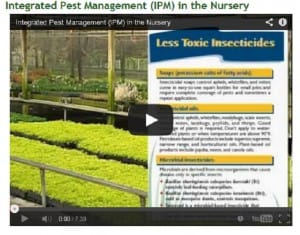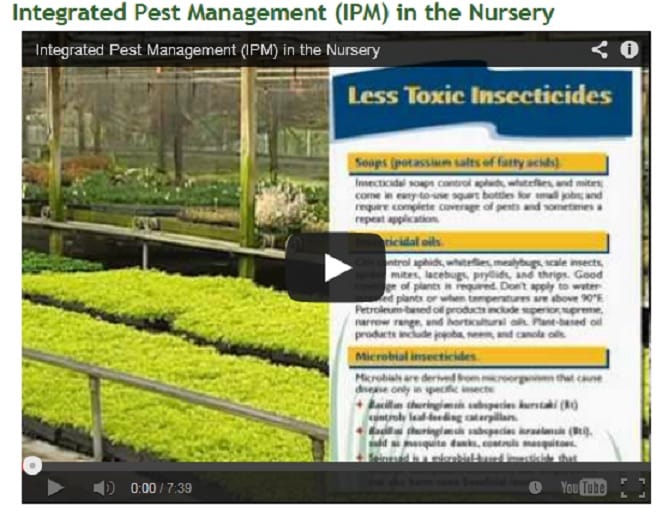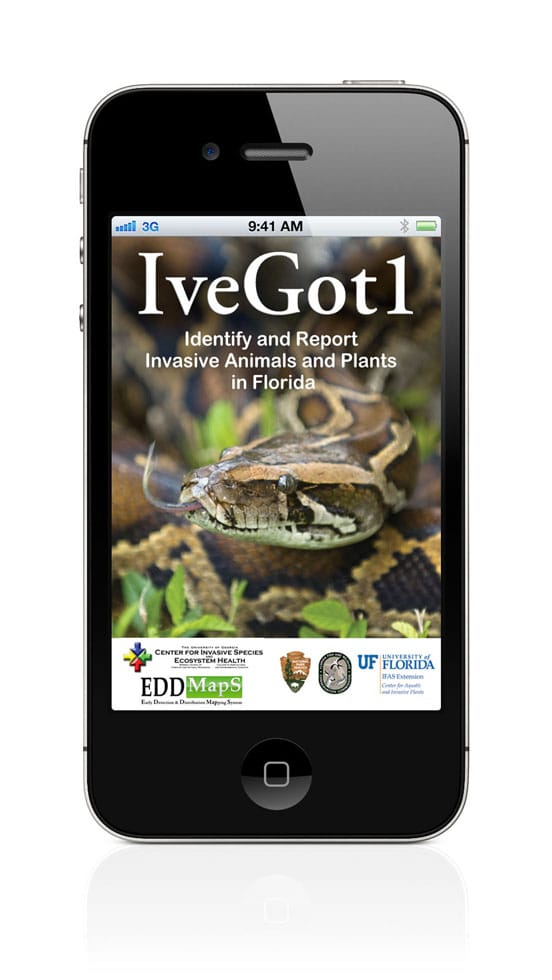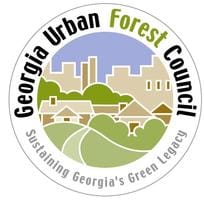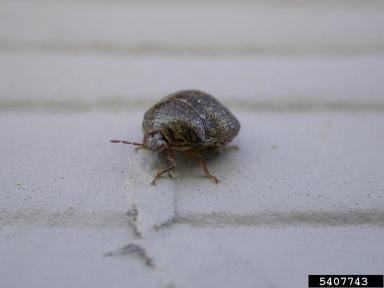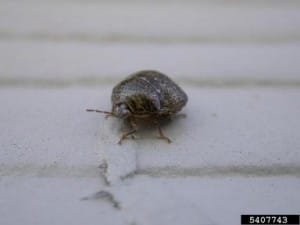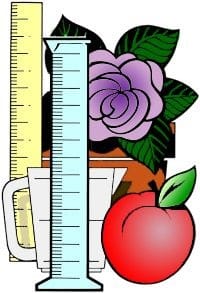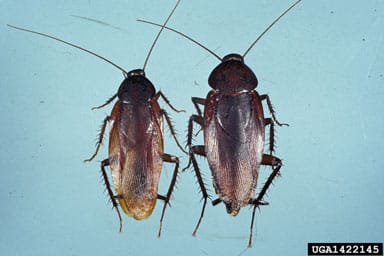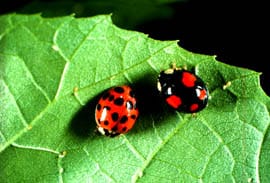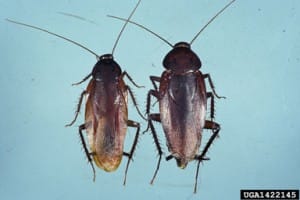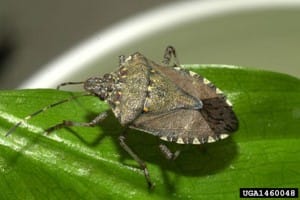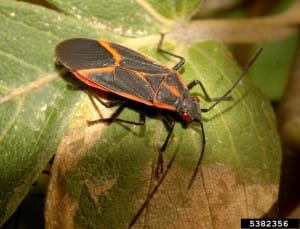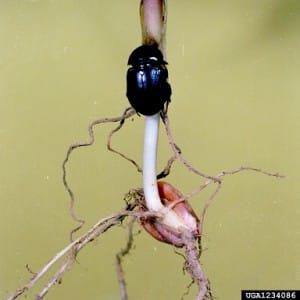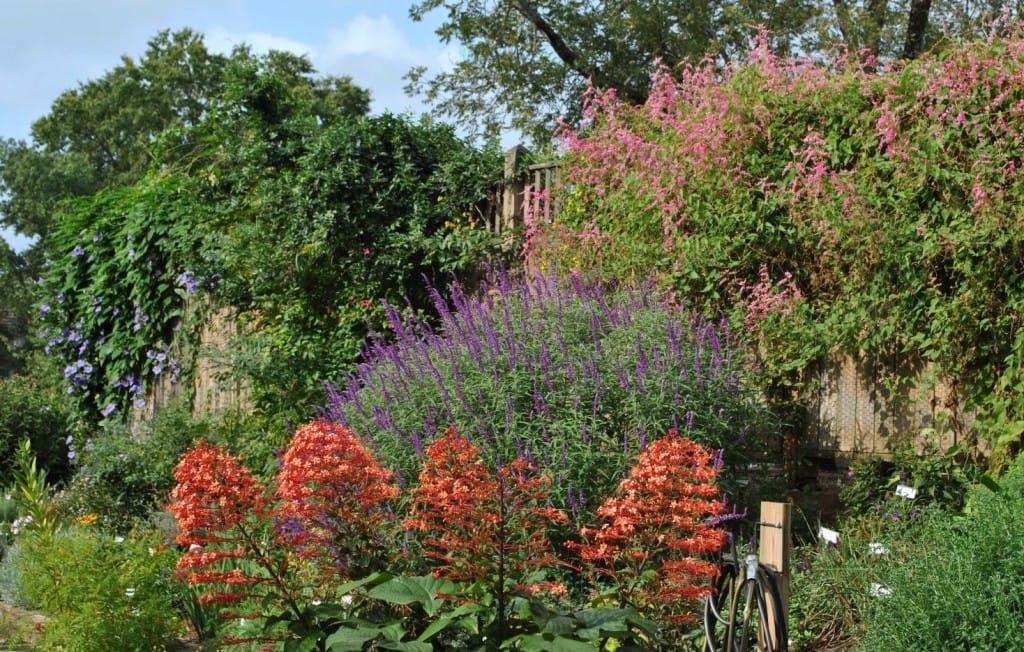Pam Knox, Agricultural Climatologist with UGA Department of Crop and Soil Science
In the last 12 months Georgia saw the tale of drought and one of the wettest springs and summers on record. Then abnormally dry conditions returned. 2013 has been a climatic roller coaster to say the least.
Overall, the above-normal rainfall delayed planting, prevented farmers from getting into their fields and increased some fungal diseases and pests. The rain did result in lush growth, but persistent cloudiness across the state also delayed crop development once they were established.
As the rainfall diminished in the fall, abnormally dry conditions returned to some parts of the state as the growing season came to a close. This caused grazing pastures to turn brown earlier than usual.
A year for the record books
Several stations in the state accumulated noteworthy rainfalls this growing season, measured during the seven-month period from May through October.
Most notable was Macon, which had its third wettest April to October in 122 years of record keeping, with 41.71 inches. Climatologists had to go back to 1928 to find a wetter growing season. That year climatologists reported 42.89 inches during the same period.
Macon is also currently setting a record for year-to-date rainfall with 60.45 inches, ahead of the 59.88-inch record set in 1929. Macon also had its fifth coldest summer this year, due in part to the cloudiness and rainy conditions.
Atlanta experienced its fourth wettest year, in the 136 years that people have been keeping records, with 39.37 inches. The last time Atlanta received this much rain was in 2009 (40.87 inches), which included the significant flooding event of September 2009 that affected much of the Atlanta metropolitan area.
Columbus reported its fourteenth-wettest growing season in 66 years of record. However, it is interesting to note that Columbus experienced three of its five wettest growing seasons in the last decade — in 2003 (fourth), 2005 (third) and 2009 (second).
Drier times return
Despite this summers’ rains, conditions have become much drier across Georgia this fall, and abnormally dry conditions returned to a significant part of Georgia for the first time since April. The National Weather Service cooperative observer in Warrenton (Warren County) reported no precipitation in October. This was the driest October they have had in 100 years of record.
The Climate Prediction Center of National Oceanic and Atmospheric Administration (NOAA) predict these drier than usual conditions will continue through the next few months. The highest chance of dry conditions is in southern Georgia, stretching south into Florida.
No El Niño or La Niña, so expect lots of fluctuation
According to NOAA, there are equal chances for above, near or below normal temperatures through the winter.
One reason this trend can be projected is the current status of the El Niño Southern Oscillation (ENSO) is neutral, which means that neither an El Niño nor La Niña is likely to occur this winter. These neutral ENSO conditions are expected to continue until at least next summer.
In neutral ENSO conditions, Georgia does not experience a strong trend toward above or below normal rainfall or temperature. However, the state does tend to experience large swings in temperature between warm and frigid conditions. The chance of a late frost in the spring following a neutral winter is increased, although still relatively rare.
If we experience a warm spell in early spring, gardeners and farmers are likely to want to get started planting early to take advantage of the warm conditions. However, the increased chance of a swing back to cold temperatures, and the potential for frost, should make them proceed with caution. Watch the weather carefully before starting the planting process.
For more information see November’s lows and highs are a preview of winter’s weather
